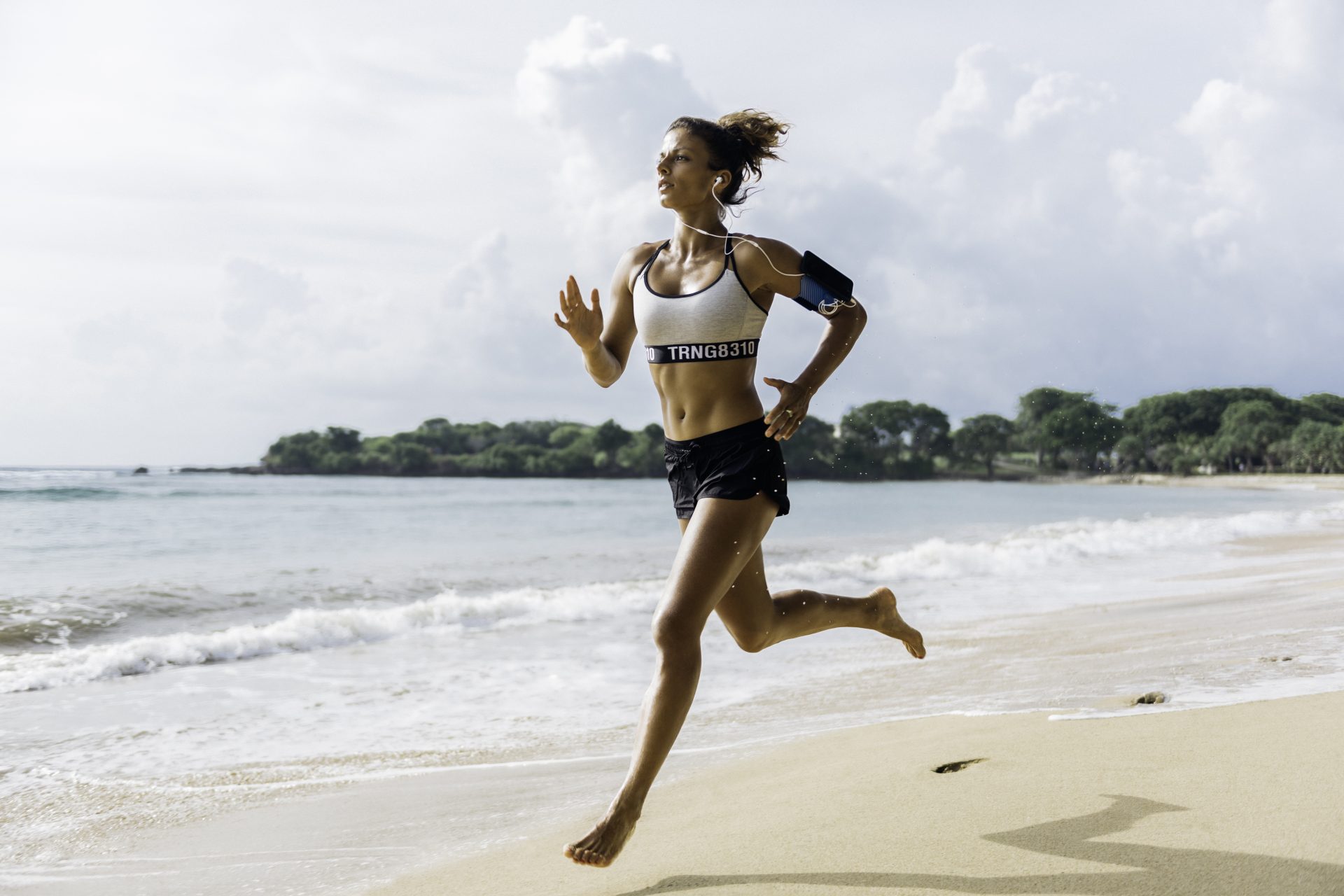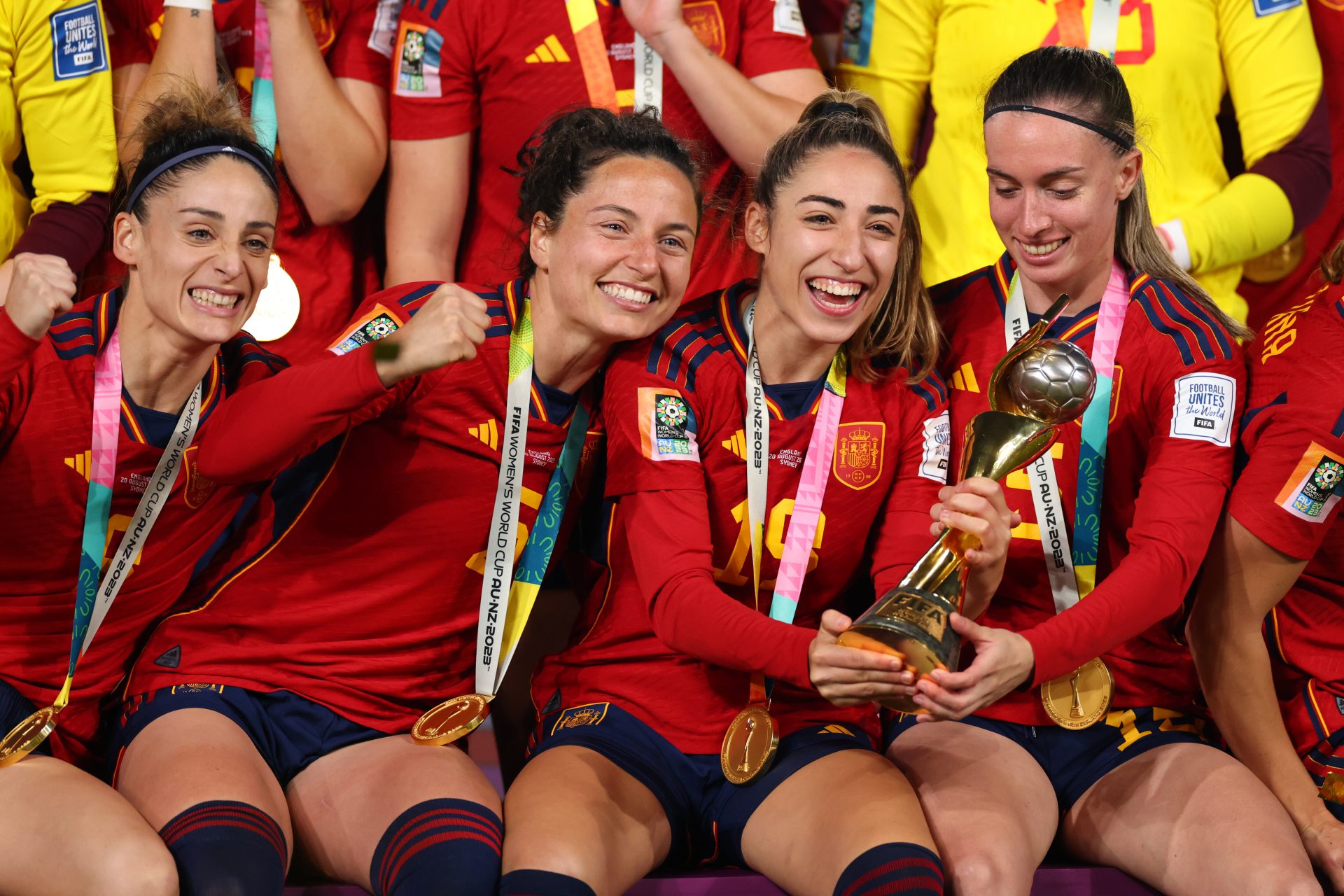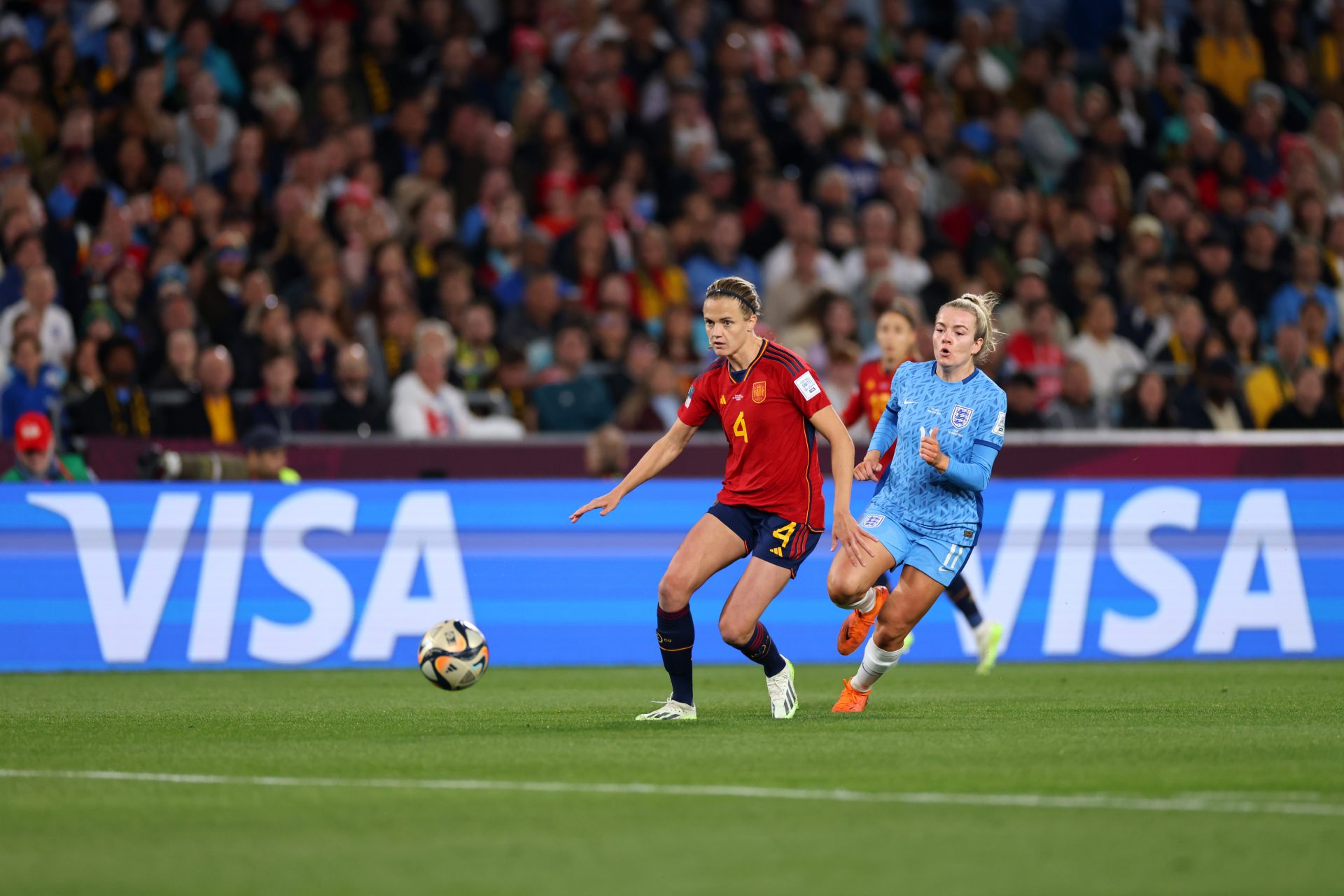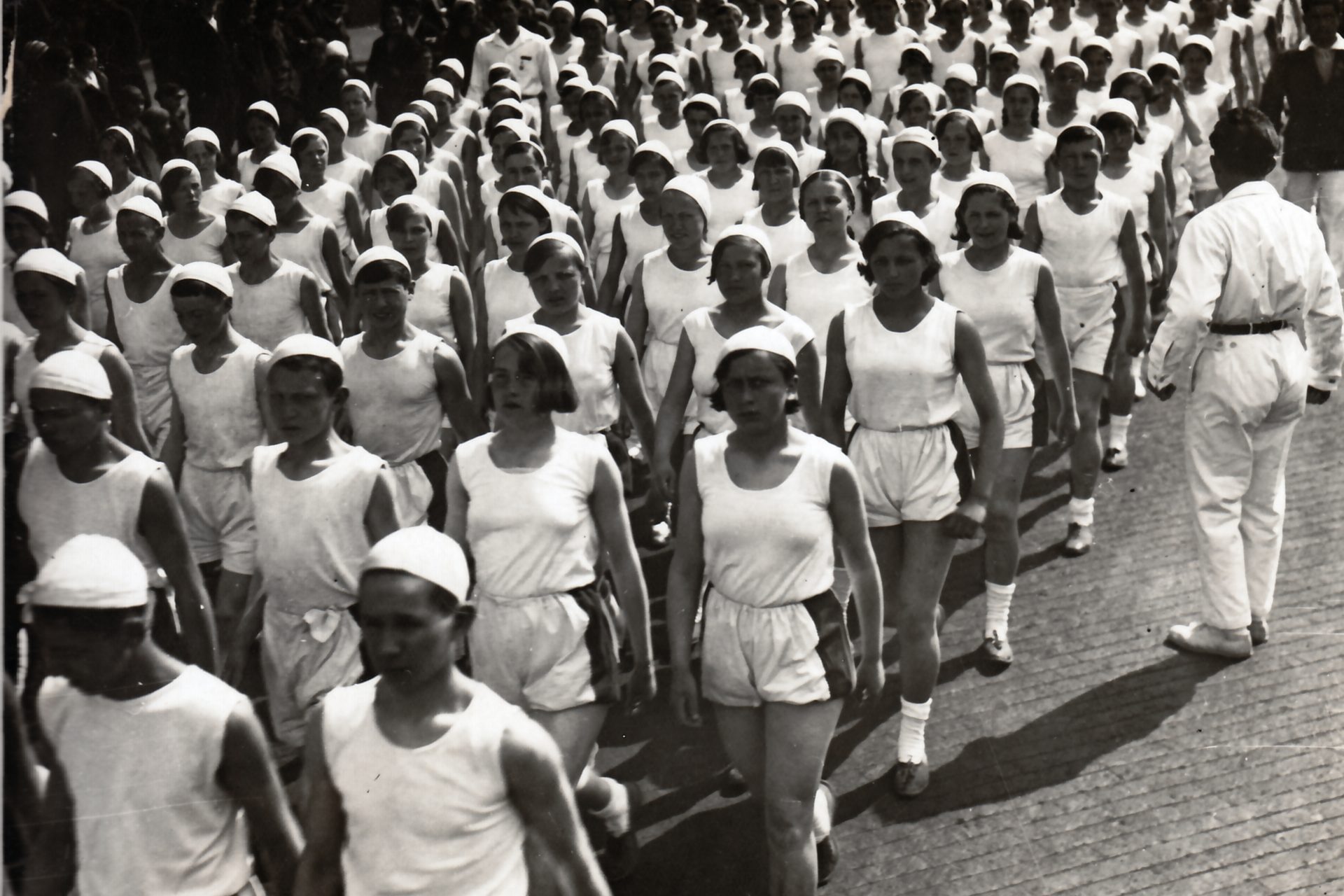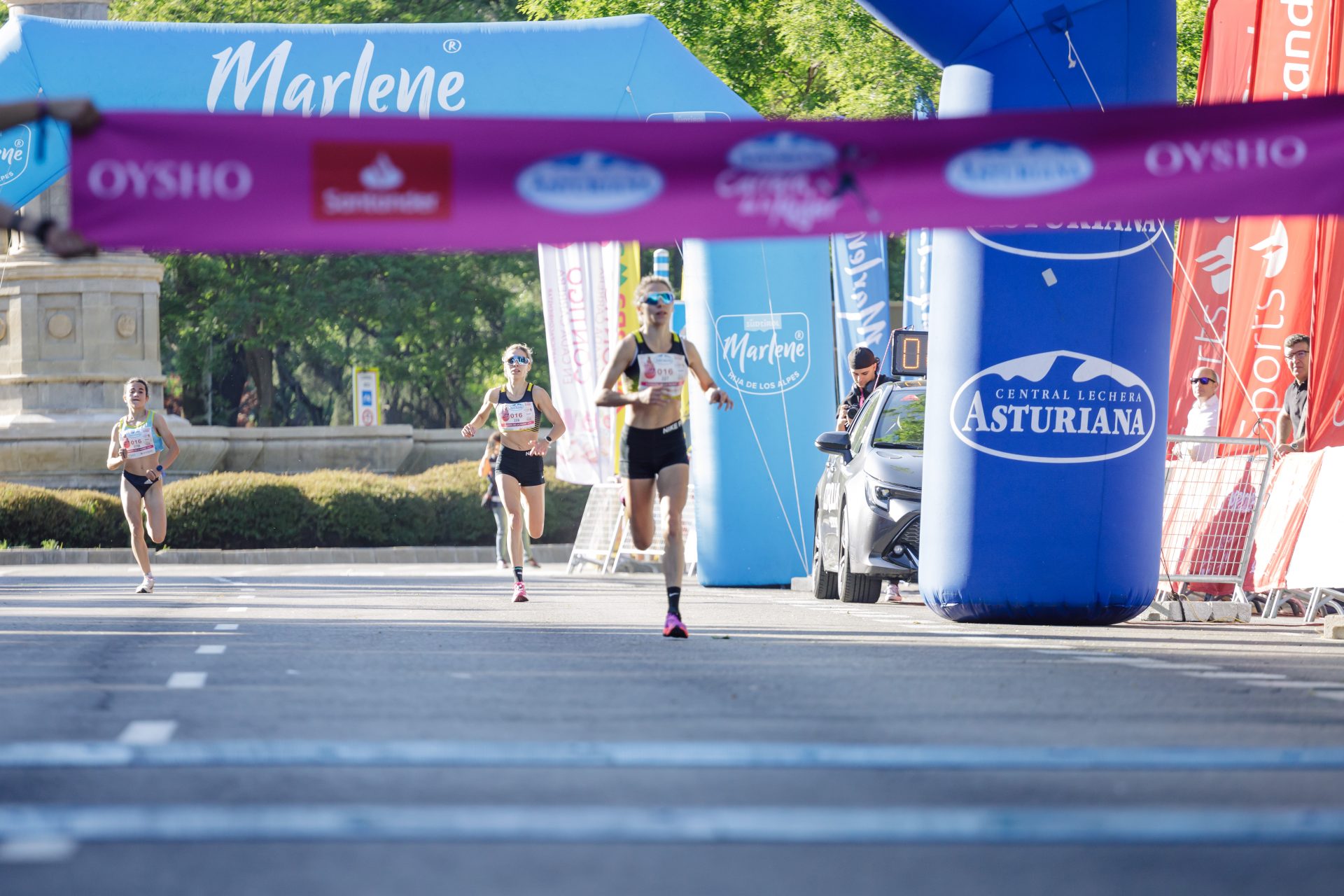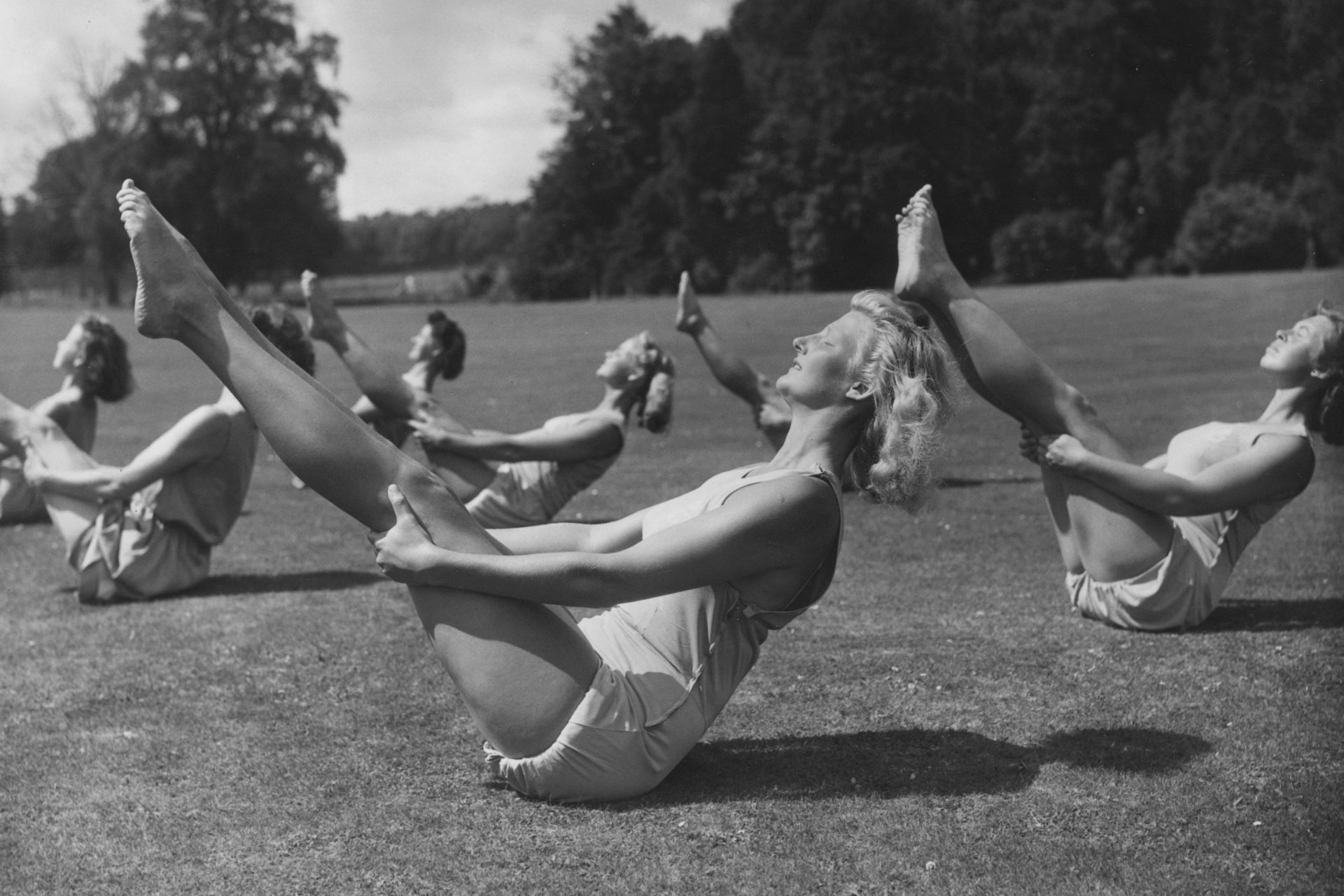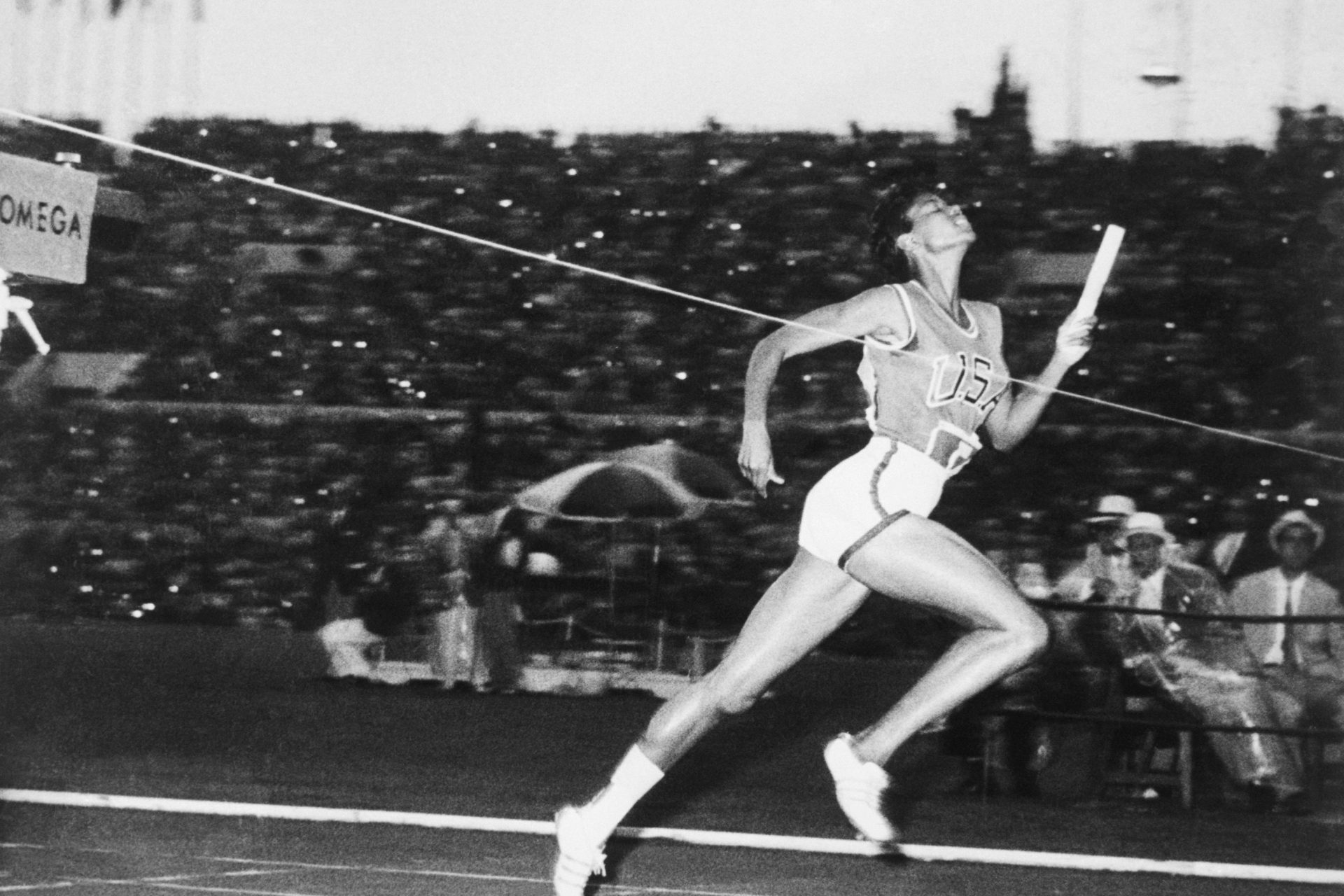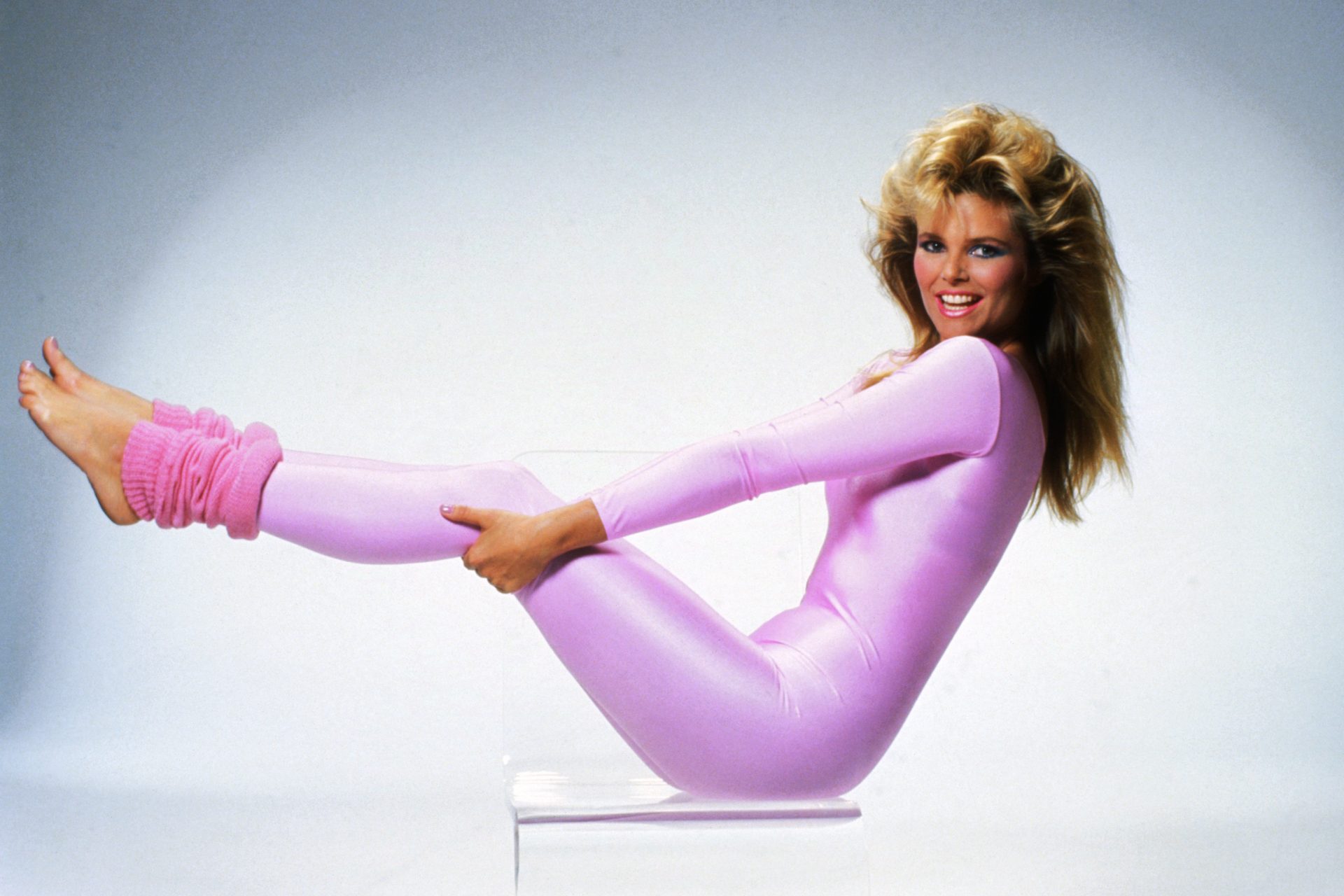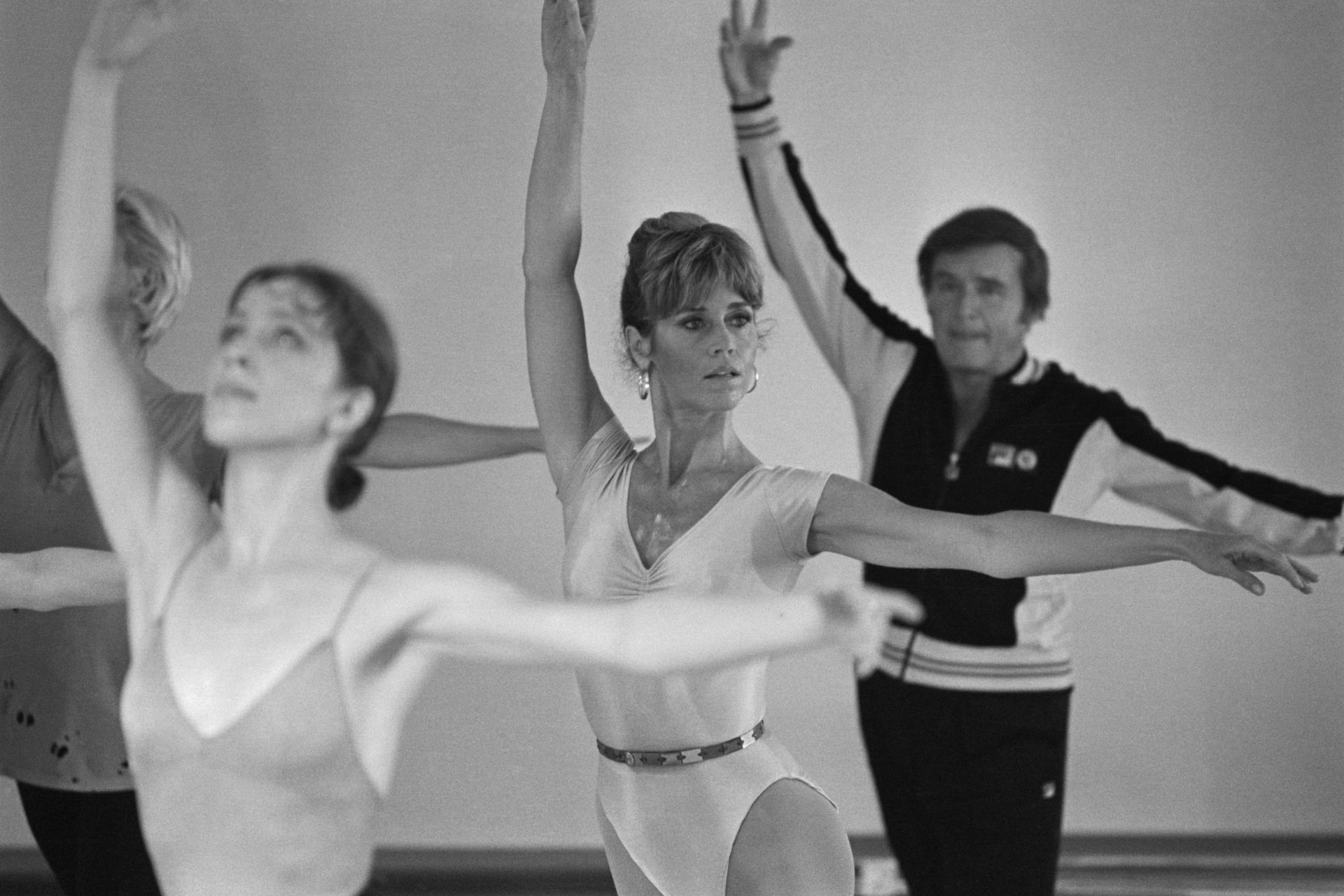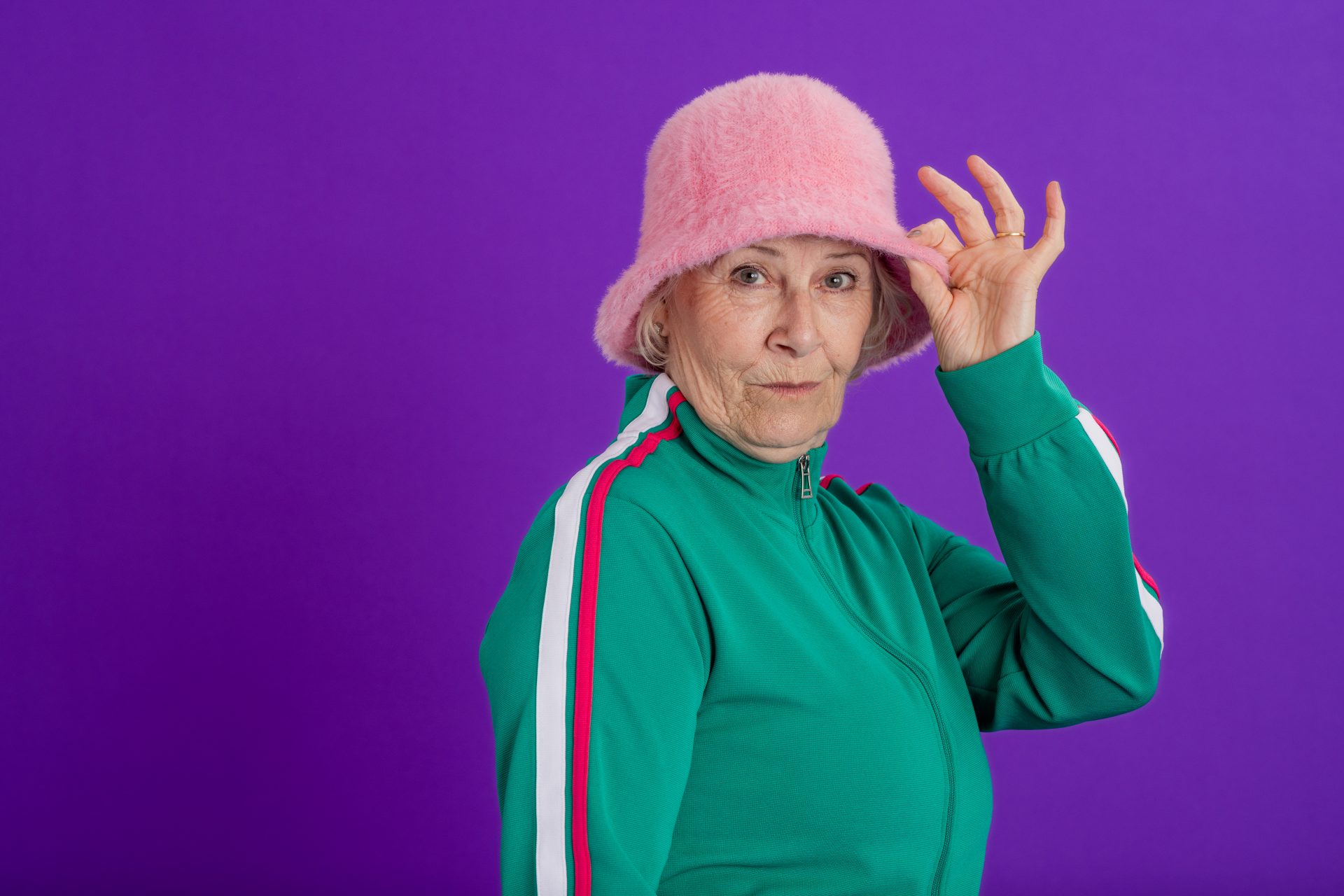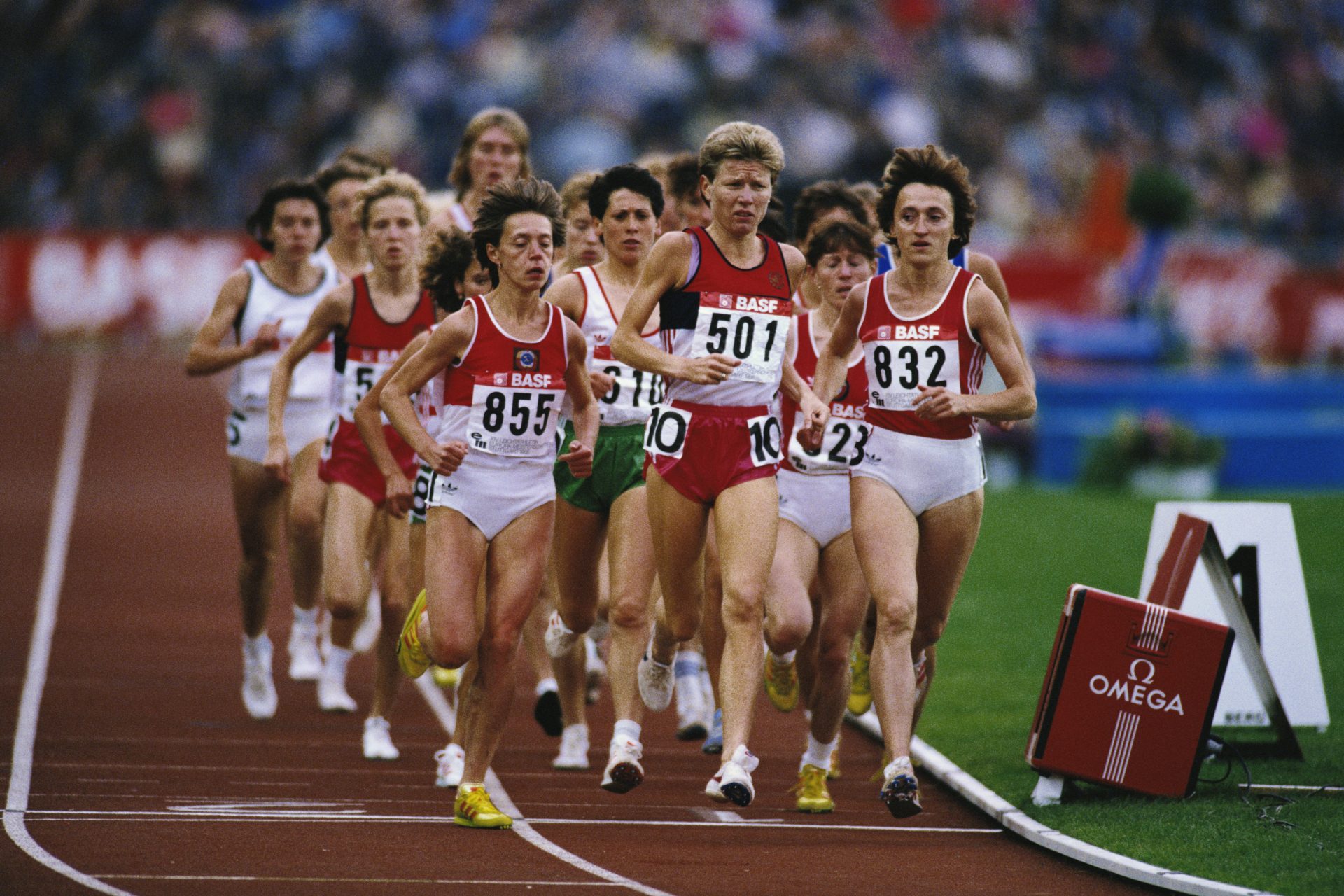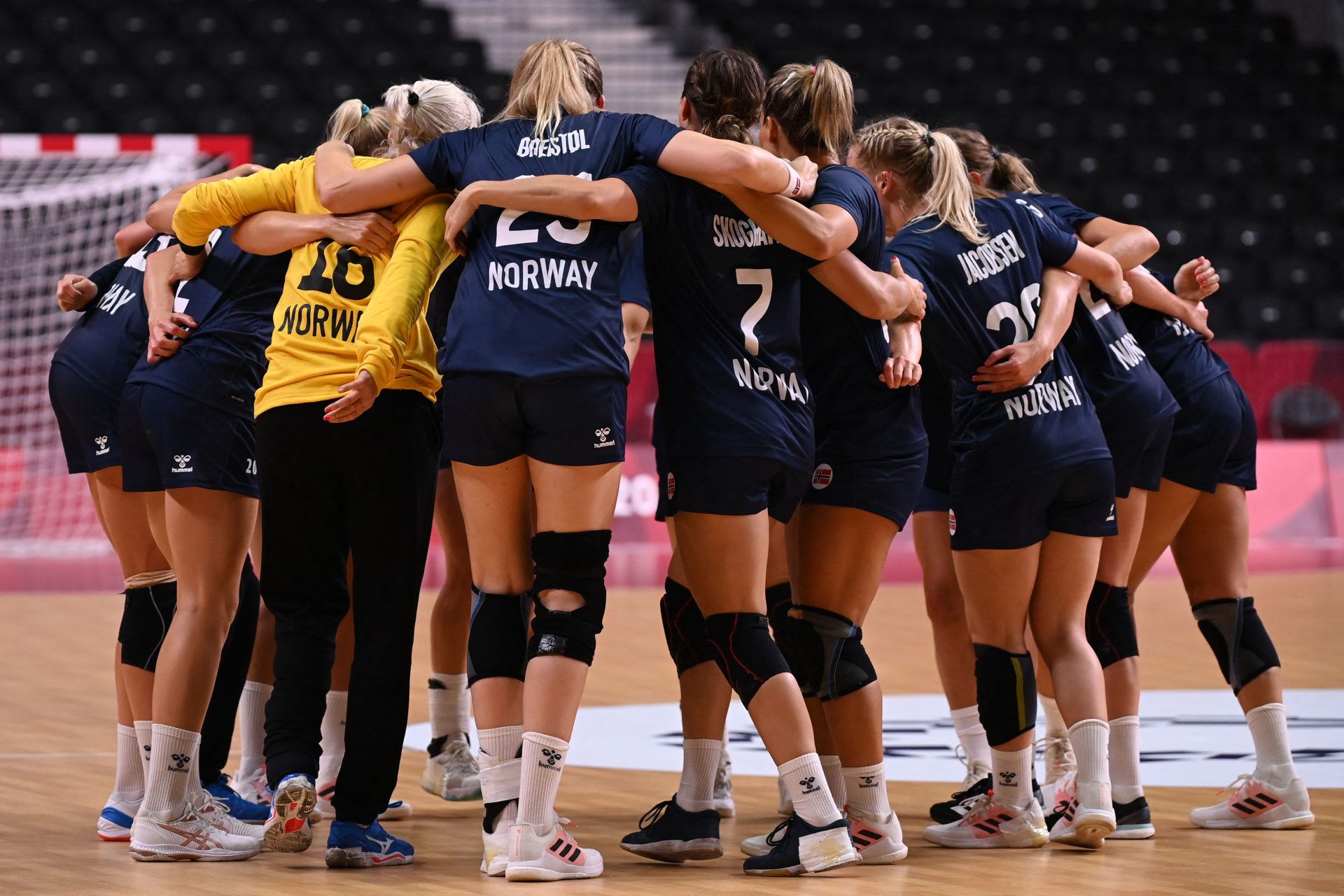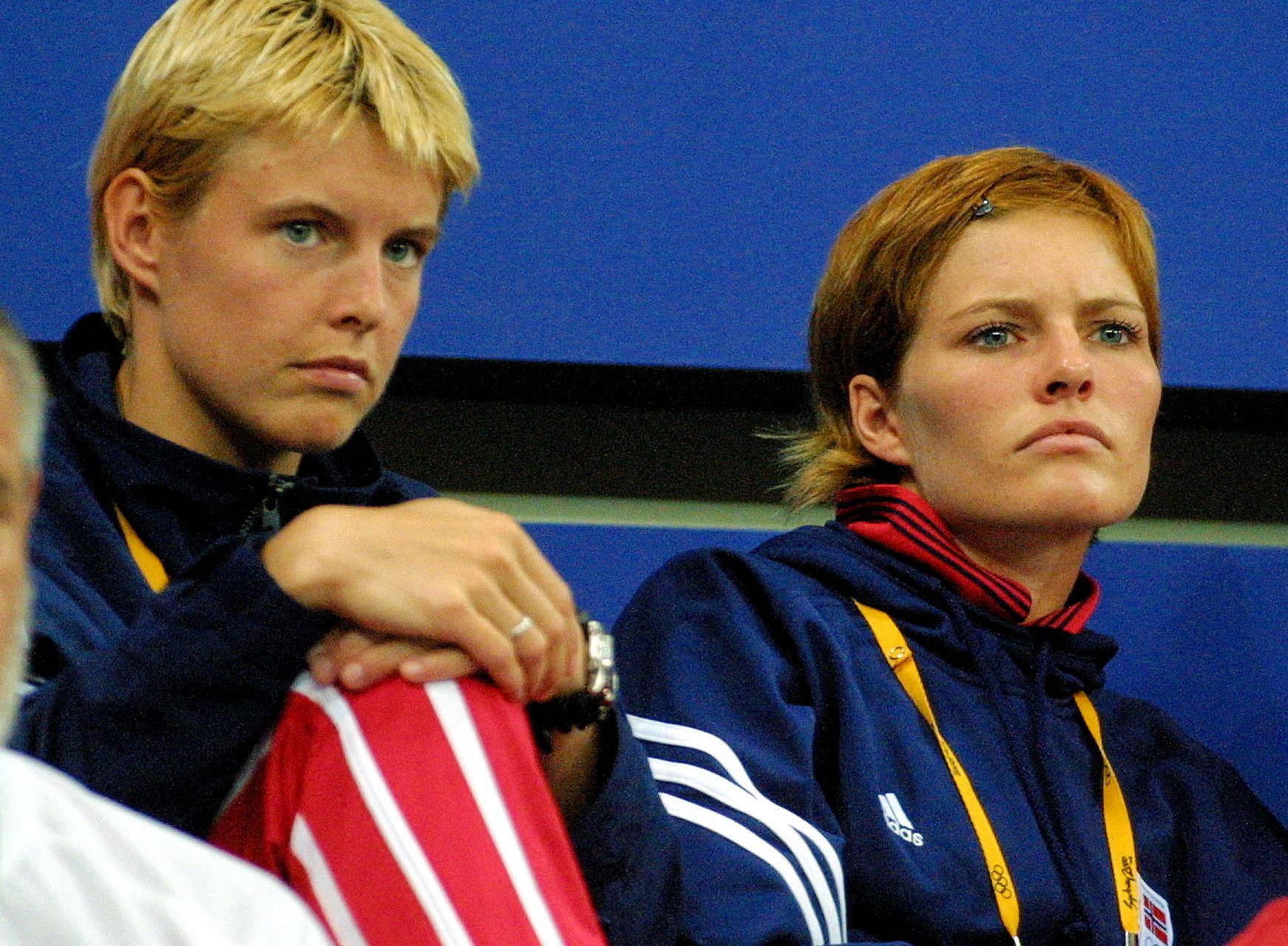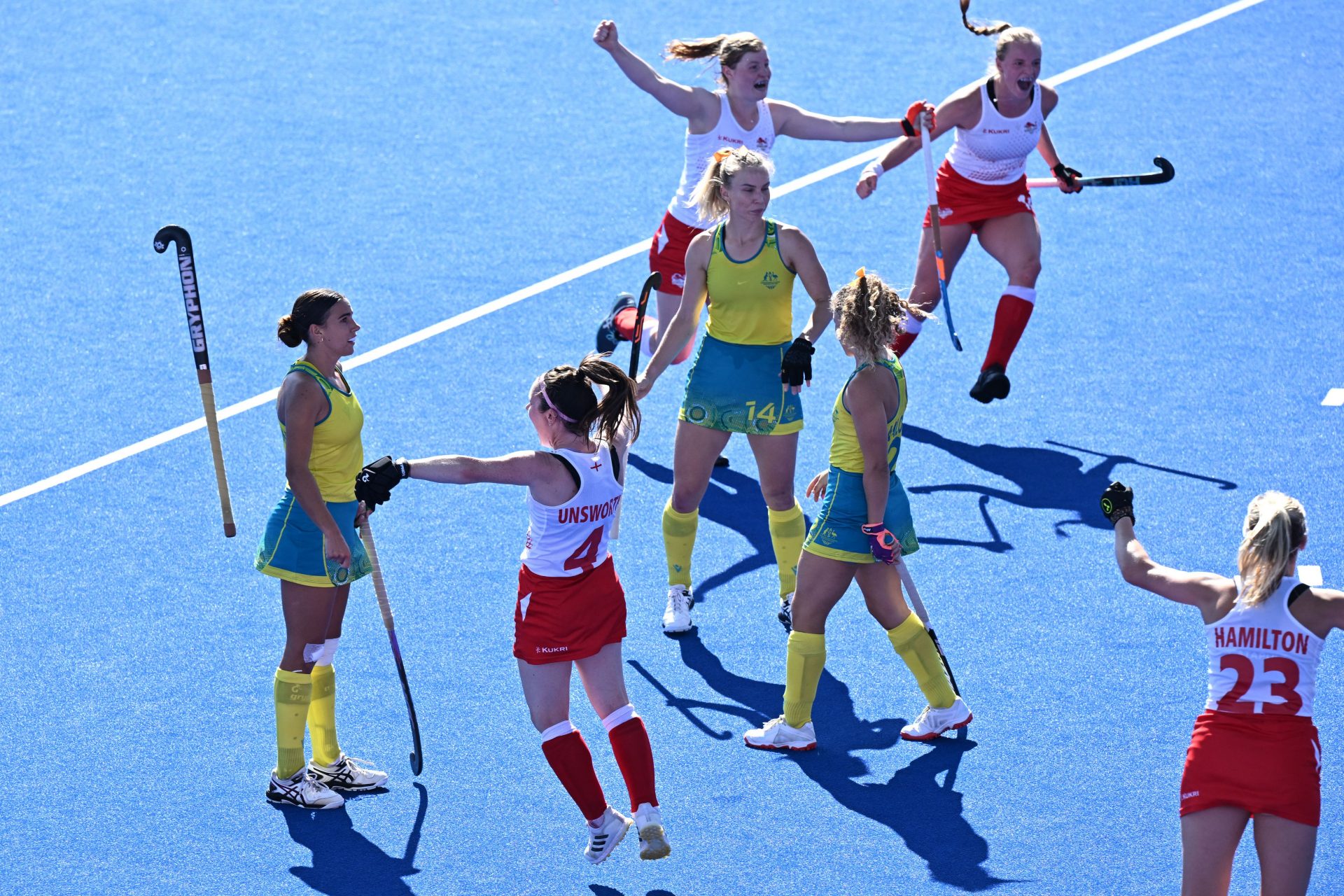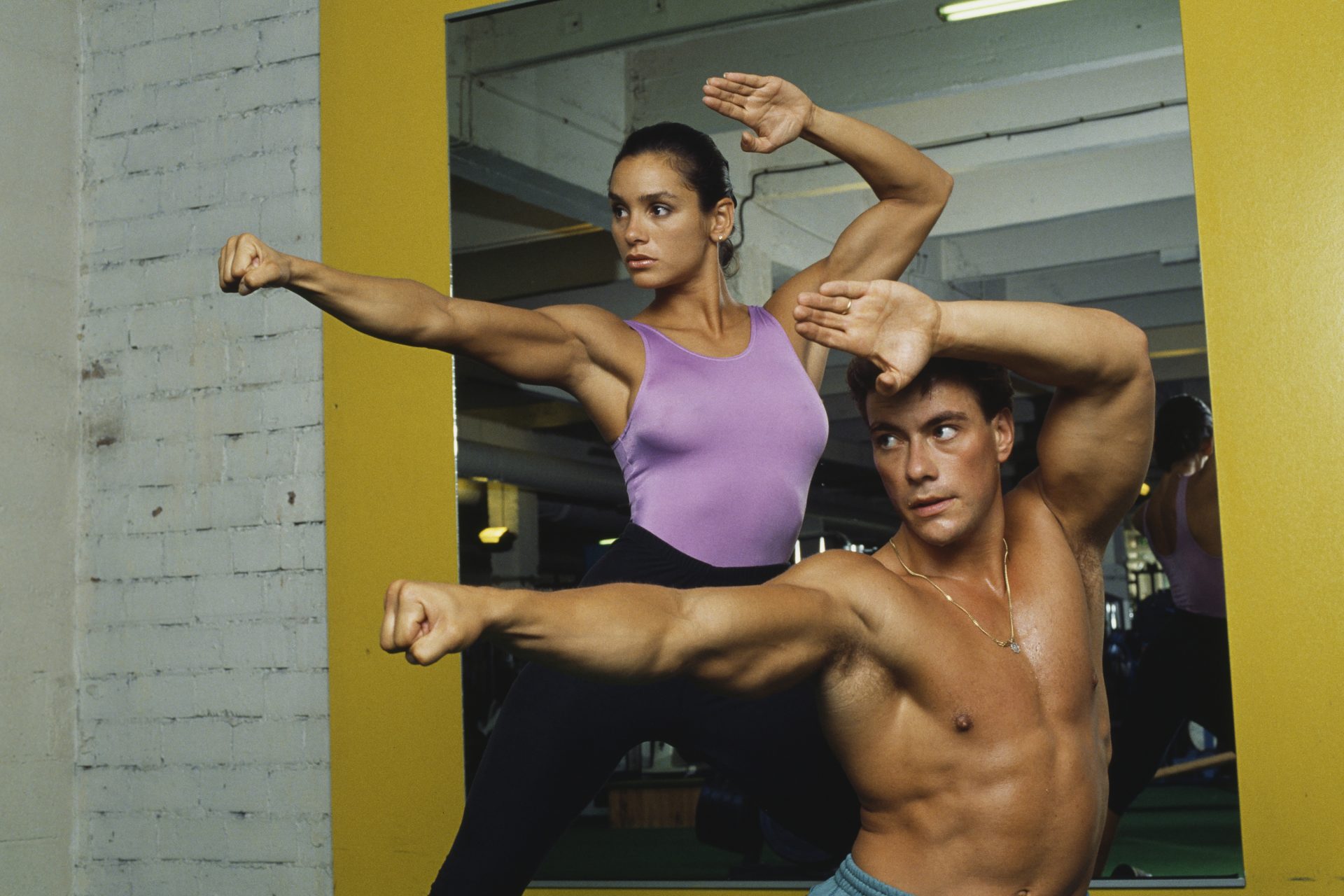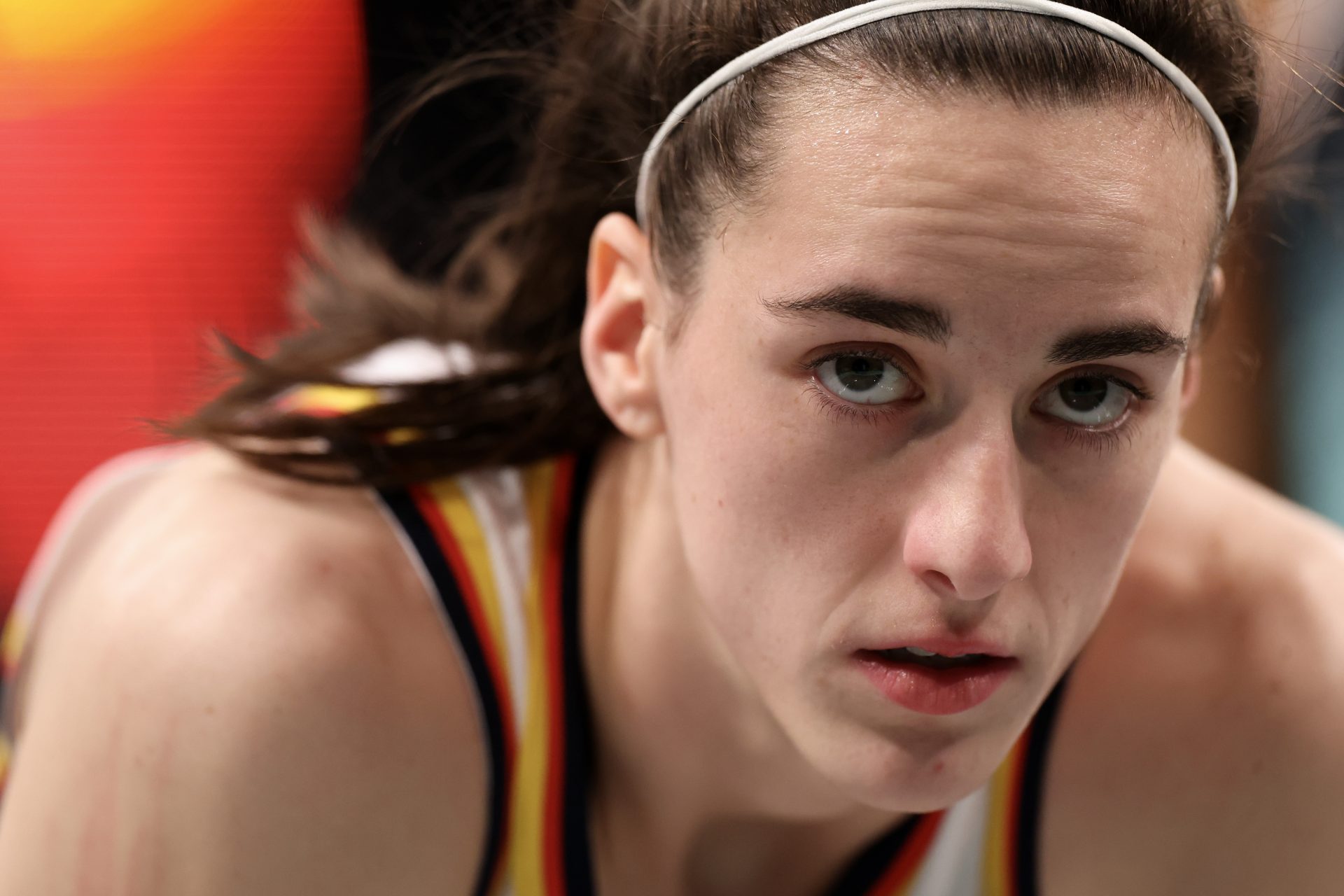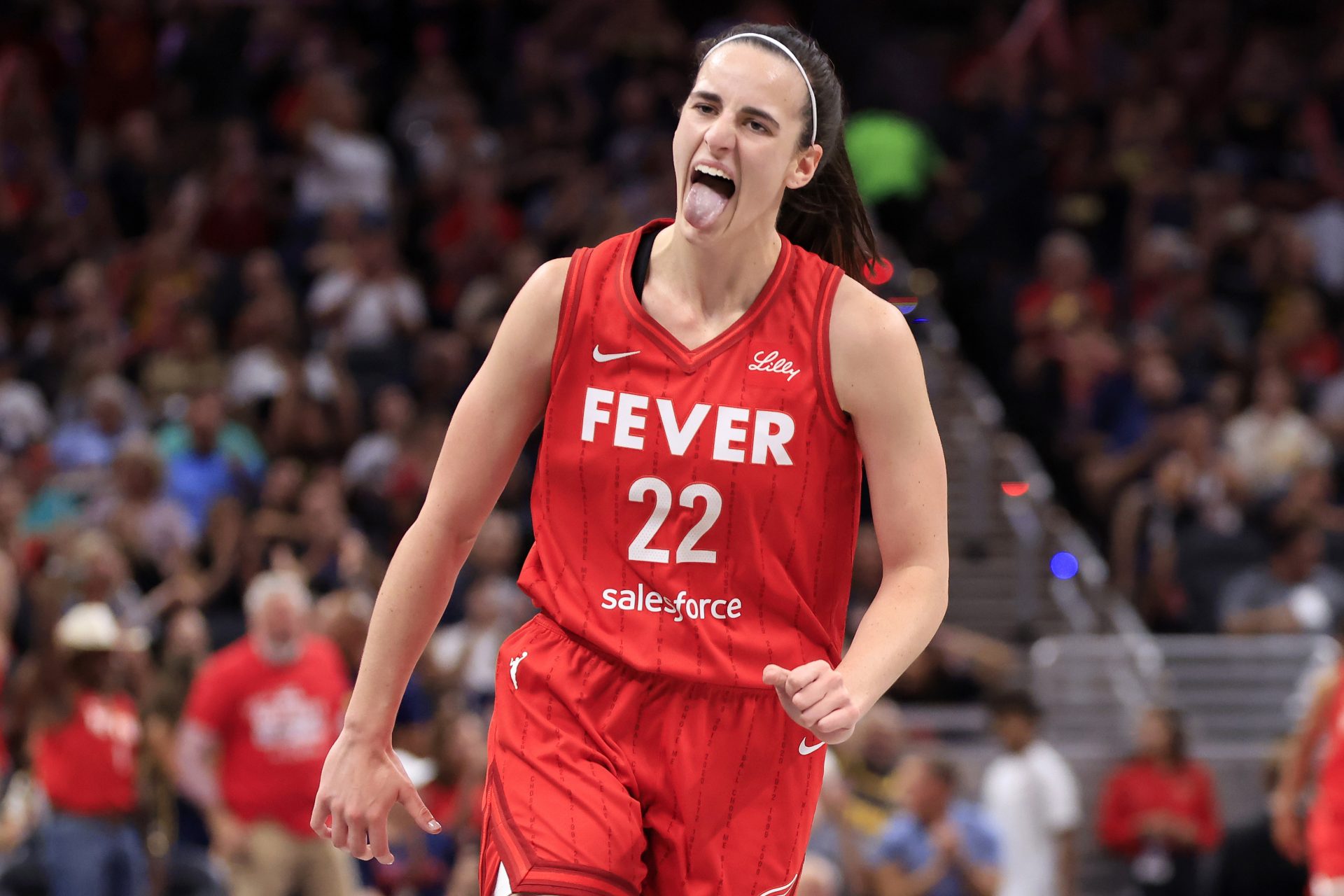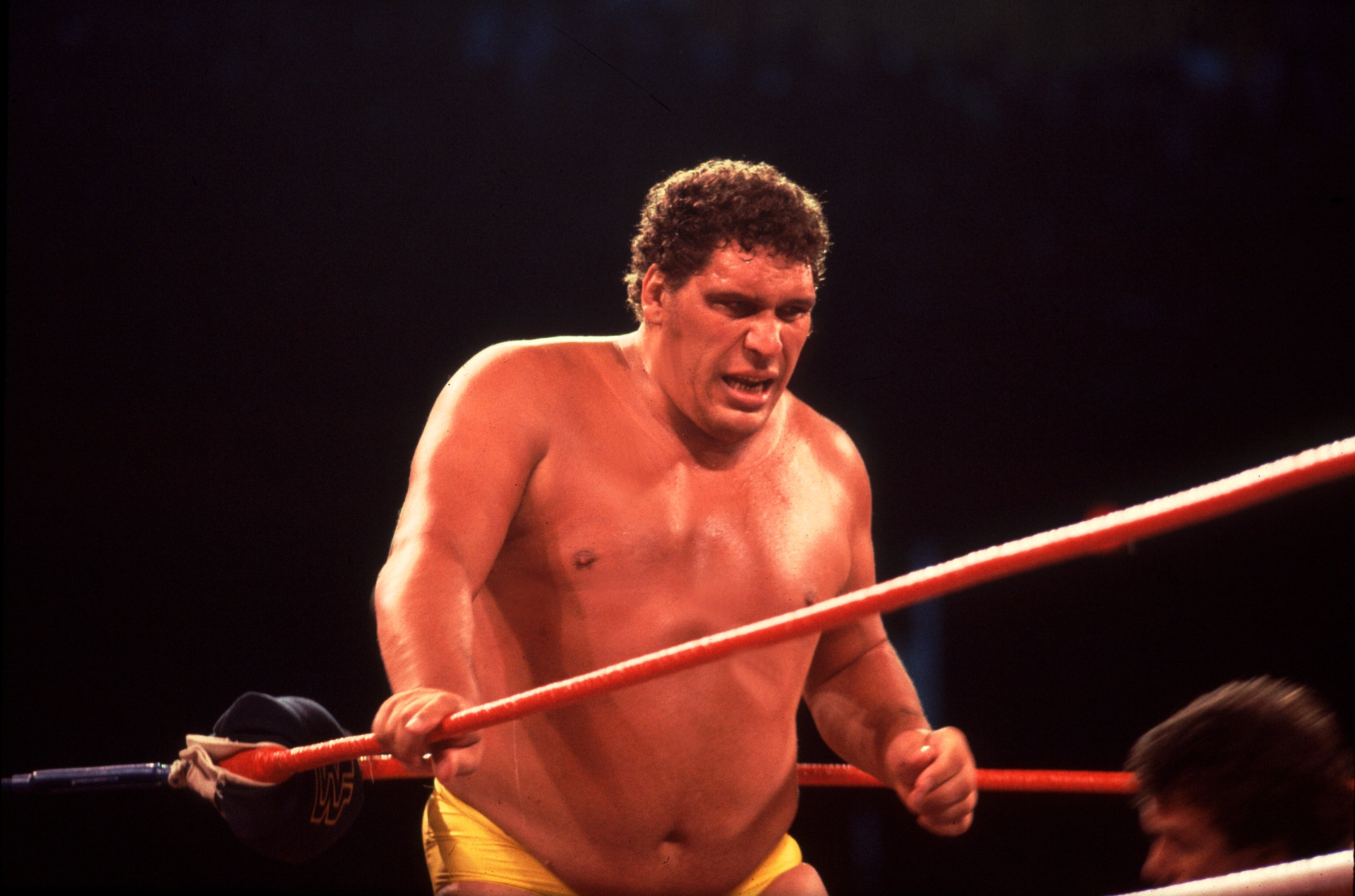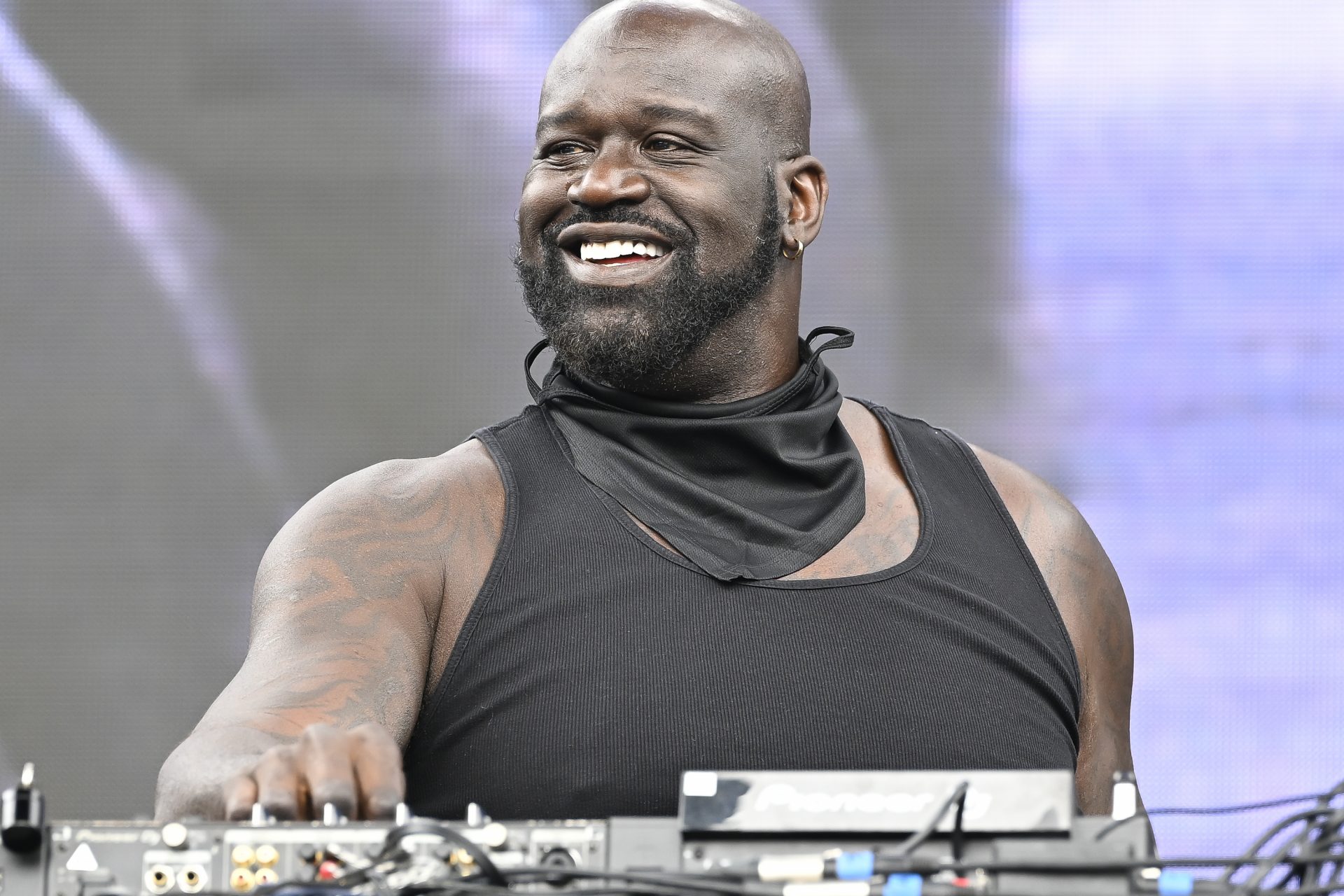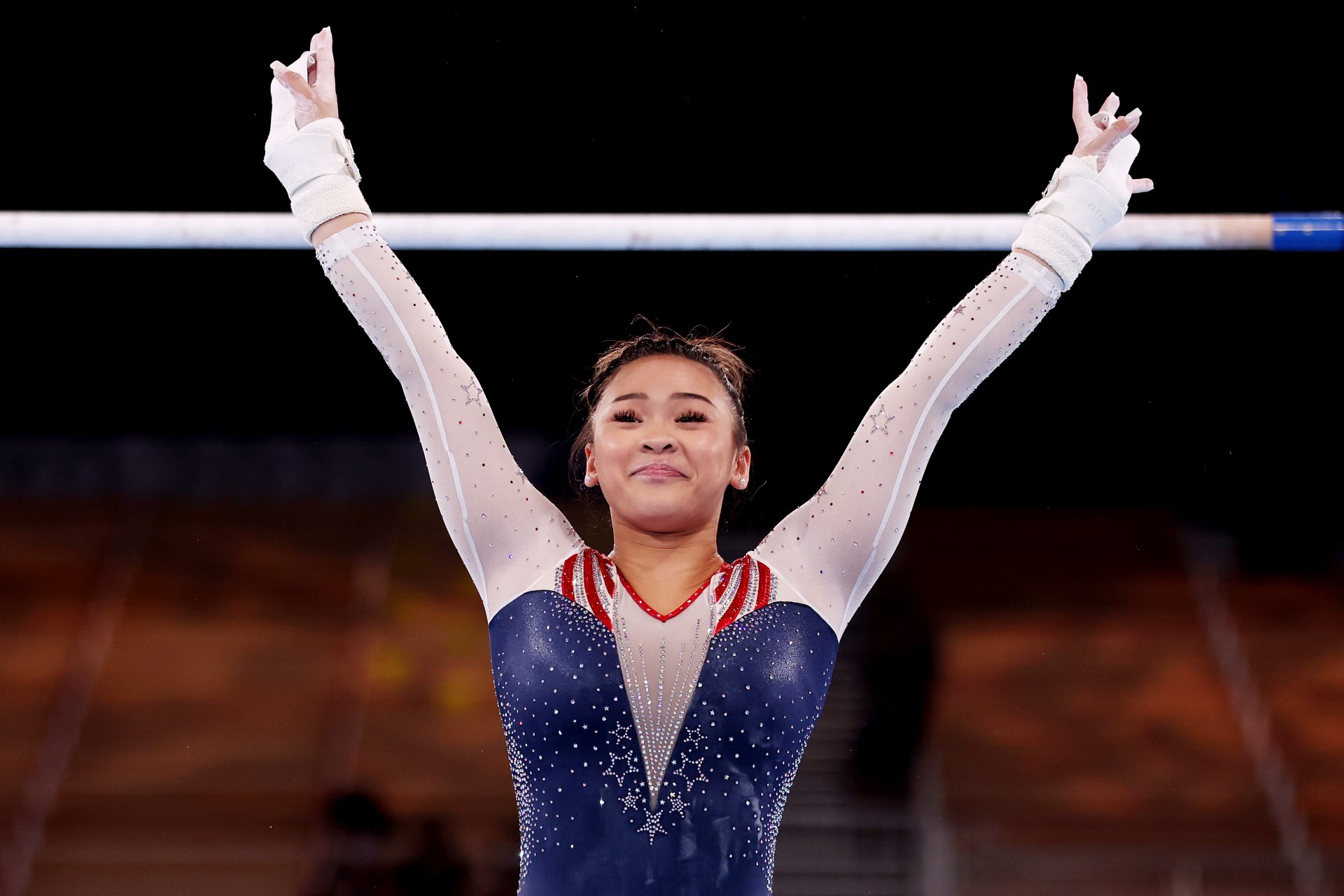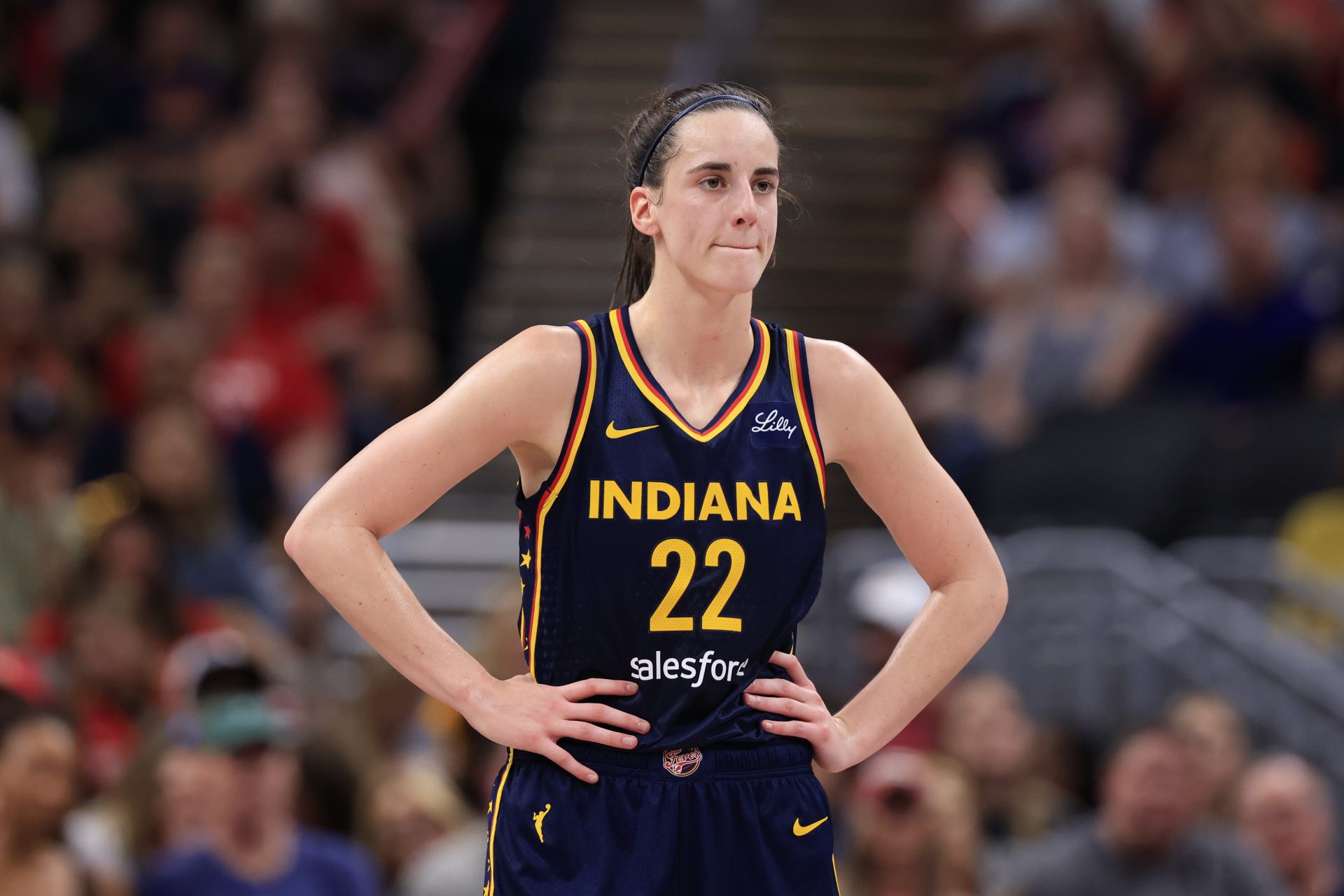From Corsets to Spandex: The evolution of women's sportswear
The world of women's sportswear has changed over the years from restrictive corsets and lengthy skirts to high-performance leggings. The evolution of women's sports clothing is a journey through history, fashion, and athleticism.
During the 2023 Women's World Cup, many teams opted to avoid white shorts. England, New Zealand, Canada, France, Nigeria, Spain, and the United States have swapped their colors for more accommodating colors.
You might be wondering how so, what do white shorts have to do with anything? Dr. Akilah Carter-Francique described it as "period justice". A comfortable athlete is a productive athlete.
The clash between fashion and comfortability is a tough one to decipher in the world of women's sports. At Wimbledon earlier in July, tennis players Elena Rybakina and Shelby Rogers were amongst the first to wear dark shorts under their tennis whites!
After years of strict dress codes at Wimbledon, the All-England Club acknowledged the necessity for more optionality in recognition of female menstrual reality.
Each individual player now has more of a saw on what he wears while competing. Many female athletes now wear black shorts under their traditional uniforms.
In order to understand the evolution of women's sportswear, one must jump back to the 1920's. Sports designers began to explore more comfortable designs, replacing the traditional corsets with elasticized waistbands and short skirts.
During the mid-20th century, the birth of 'activewear' sparked a new market in the sports industry, strictly catered towards women. New materials like nylon and spandex began to provide athletes with better flexibility.
The groovy 70's was a time of change and social revolution. The Aerobics craze was begging to gain traction, an era marked by iconic brands like Addidas and Nike, alongside bright-colored leotards and tights.
These new flamboyant outfits not only served functional purposes but also became fashion statements reflecting the energetic spirit of the time. This allowed women athletes to embrace fitness as a lifestyle.
Fast forward to the 21st century, the women's sportswear industry fused with the fashion industry. Women's sportswear evolved to prioritize both fashion and function. Additionally, design embraced inclusivity, offering a wider range of sizes and styles.
Nevertheless, women's sportswear still generates many debates as athletes and companies clash over the image they want to portray.
In 2021, the Norwegian handball team was fined by its governing body for wearing shorts instead of the mandated bikinis.
The German Olympic gymnastics team competed in full unitards rather than their usually small leotards. At a time when controlling women's bodies is at the forefront of society, dress code issues become more recurrent in women's sports.
Tess Howard, a member of the English national field hockey team, is a driving force behind the change in regulations for women's sportswear. "It's not a moment, it's a movement," she shared.
"Women using their bodies for their own pleasure and recreation, women using their bodies in a powerful way, should not be revolutionary in 2023," shared Lauren Fleshman, the USA national long-distance champion.
More for you
Top Stories



